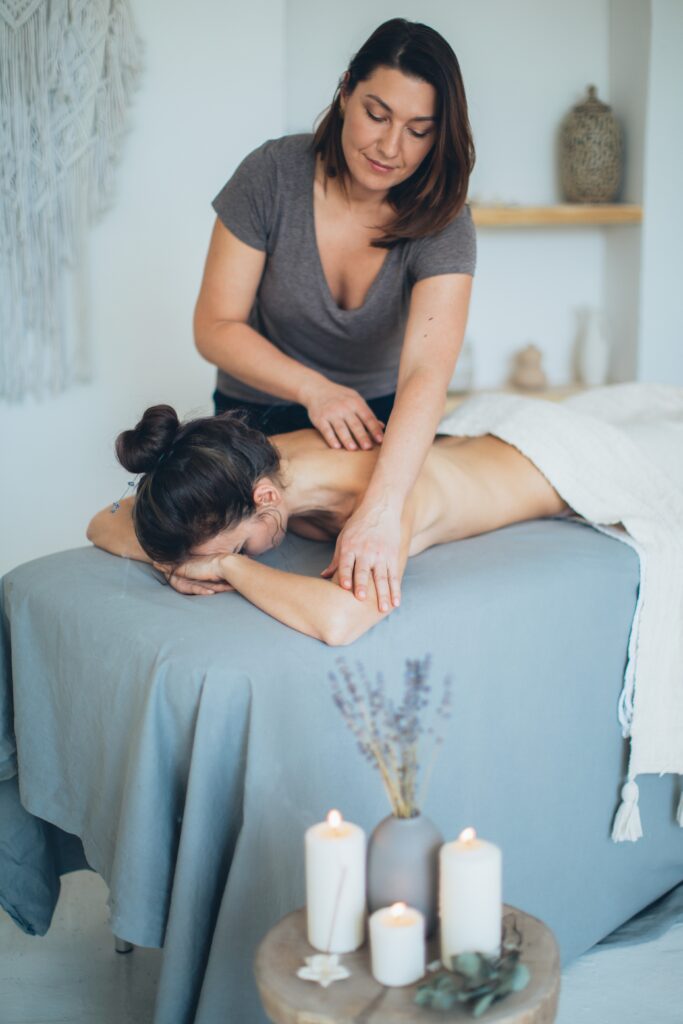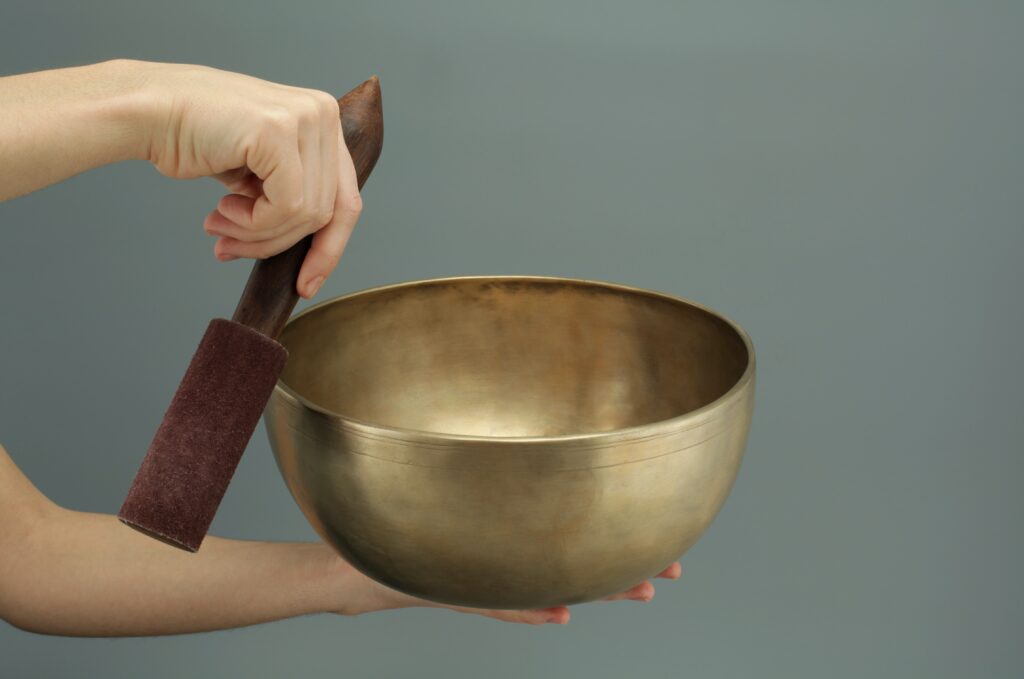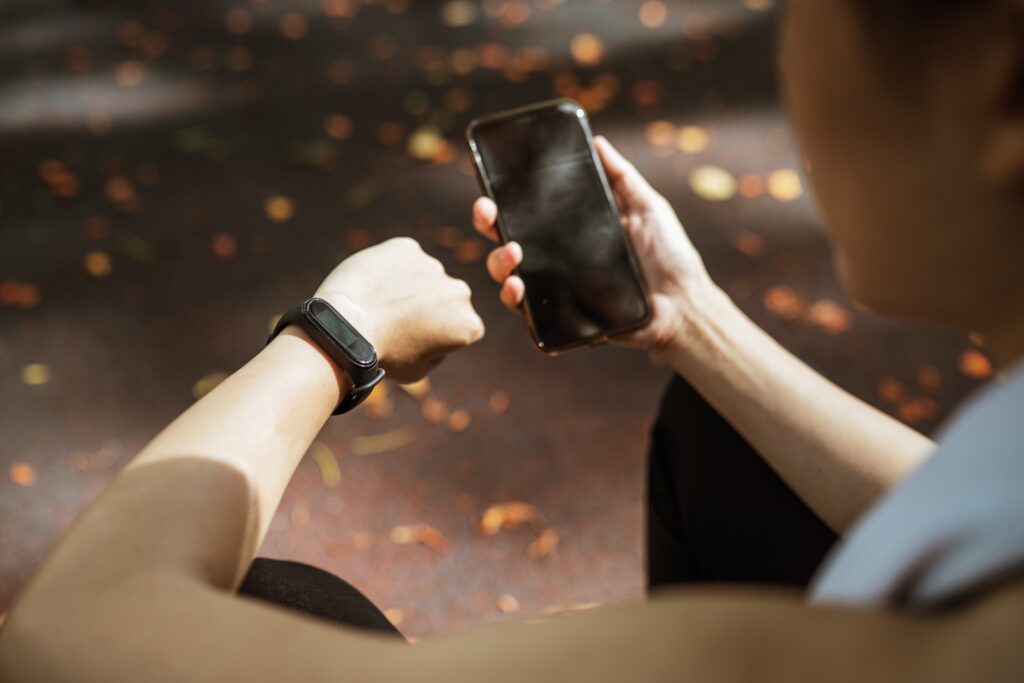The past two years of living through a global pandemic has changed almost every aspect of human life, including spas. During the peak of the pandemic, many people would have never dreamed about leaving their homes to visit a spa for fear of exposing themselves to a potentially fatal illness. Everything from beauty consultations to yoga classes went virtual. However, as the strongest part of the pandemic began to wane, people who were cooped in their houses for such a long period of time were now looking to get back out into the relaxation and tranquility of their favorite spa and wellness centers. However, the changes that the pandemic caused meant that, along with the old services, spa clients were, and are, now looking for new services as well.
MOVEMENT THERAPY
Movement therapy, which is gaining popularity in numerous spas which are equipped to offer this service, involves some combination of body balms, oil massages and light, functional physical movements and stretches. It is a logical part of the evolution of integrating spa services and health and wellness together. Movement therapy can begin on a massage table as is more customary spa settings. However, in addition to body oils and a massage, the masseuse will also incorporate stretching of the extremities and helpful muscular movements. This can be especially helpful for relieving tension and muscle soreness in athletes as well as people who may have excessive stiffness from a sedentary lifestyle. When the initial massage and masseuse-guided portion of the treatment is completed on the massage bed, the treatment moves onto a mat which is akin to a yoga mat. Here, the therapy will continue with spa providers guiding their clients through more incorporative movements and stretching exercises. Like with ordinary massage services, the goal is to leave the client healthier and more relaxed with movement therapy also having the added benefit of more functional, movement-related bodily improvements.

LIGHT THERAPY
Light therapy may be one of the most obvious new and popular therapies to arise out of the pandemic and increase its presence in spa settings. Light therapy involves, just as the name would imply, sitting in front of artificial light boxes as a way to improve mood, reduce anxiety and increase energy. Light therapy was originally used to treat “SAD” or seasonal affective disorder which occurs, usually during the winter months, when there is less sunlight and shorter days so people have less opportunity to gain the necessary exposure to natural light. Because the pandemic mandatorily and voluntarily locked people inside their houses, there was an uptick in seasonal affective disorder symptoms across the population. Because of this light therapy, in homes and at spas, increased in popularity during and after the peak of the pandemic. Light therapy can be combined with other services like massages or pedicures or offered on its own depending on the desires of the client and arrangement of the spa.
SOUNDS BATHS
For your body there are massages and pedicures, for your olfactory system there is aromatherapy, light therapy is (largely) visually stimulating and most spas offer some sort of healthy drinks for your taste buds. So, what about your ears? This is where sound baths come in. While some spas may use recordings of calm, ambient music for sound baths, many now use tibetan singing bowls as a superior way to induce auditory relaxation. Tibetan singing bowls have gained popularity over the years not only because of the beautiful sounds they emit, but also because youtubers and celebrities like Gwyneth Paltrow and Russell Brand have given them strong endorsements. Sound baths, including those which utilize Tibetan Singing Bowls, usually occur in group spa sessions where the practitioner utilizes the Tibetan Singing Bowl and the clients relax in chairs or on yoga mats in dimly lit rooms. Sound baths are many-times accompanied by incense or aromatherapy for a more all-encompassing relaxation experience.

SPA APPS AND WELLNESS TECHNOLOGY
The pandemic increased our collective utilization of technology and the spa industry is not an exception to this fact. Apps which monitor exercise or steps taken in a day, heart rate and breathing all existed before but became more prioritized and utilized by the spa community because of the pandemic. These apps also provide guided breathing and meditation exercises as well as enable spa providers to observe the data their clients’ apps are collecting in order to devise services and treatments which are more tailored to their clients’ needs. Some more advanced spas even have their own business applications for things like virtual sessions, appointment reminders and scheduling and wellness tips.

CONCLUSION
While a relief from the peak of the pandemic has certainly brought spa clients out to their favorite spots again, service offerings will have evolved with the times and as a result of the pandemic to include not only the services from before but also new and modernized offerings.